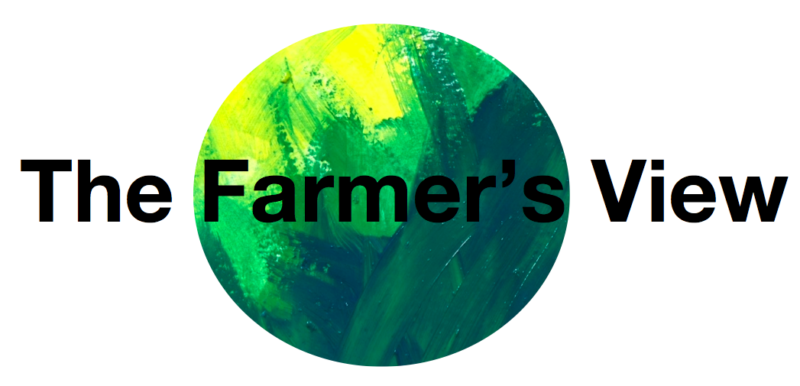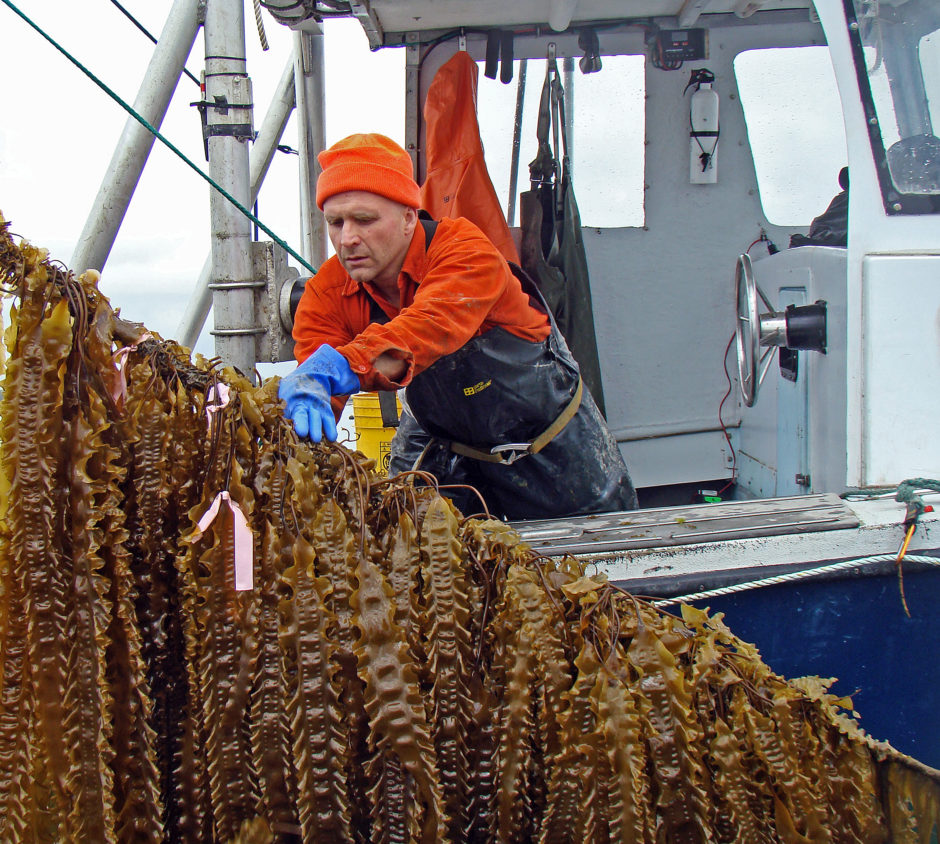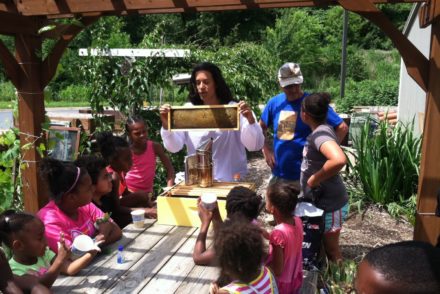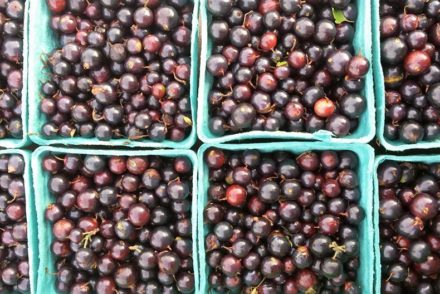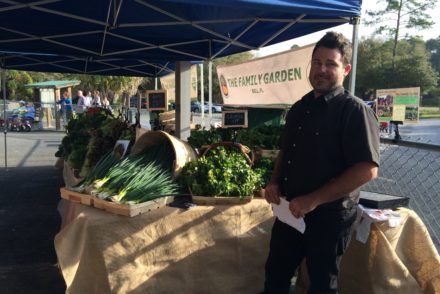“Rather than asking what consumers want us to grow, our model values that which our oceans are able to provide sustainably. Our model is a response to the question, ‘What can we grow within the confines of our oceans that can sustain both consumer and sea?’ The answer comes from Mother Nature’s own technologies, seaweed and shellfish, designed to naturally mitigate harm.”
Bren Smith grows seaweeds and shellfish off the Connecticut coast. Bren’s 2014 New York Times editorial called attention to the challenges beginning farmers face and advocated for farmer-led change. Now, he’s aiming to help train a new generation of restorative ocean farmers through his nonprofit program, GreenWave.
Describe your farm.
I’m a commercial fisherman turned restorative ocean farmer, and have developed a model we call 3D Ocean Farming on my farm, Thimble Island Ocean Farm. It’s designed to grow a mix of seaweeds and shellfish vertically using the entire ocean column, floating below the surface with low aesthetic impact. One acre of our farm has the capacity to grow 30 tons of sea vegetables and 250,000 shellfish per acre per year with no inputs, making it one of the most sustainable sources on the planet for food, animal feed, and biofuel. Our crops also mitigate climate change through carbon and nitrogen sequestration, and create barriers that prevent storm surges from wrecking coastal communities.
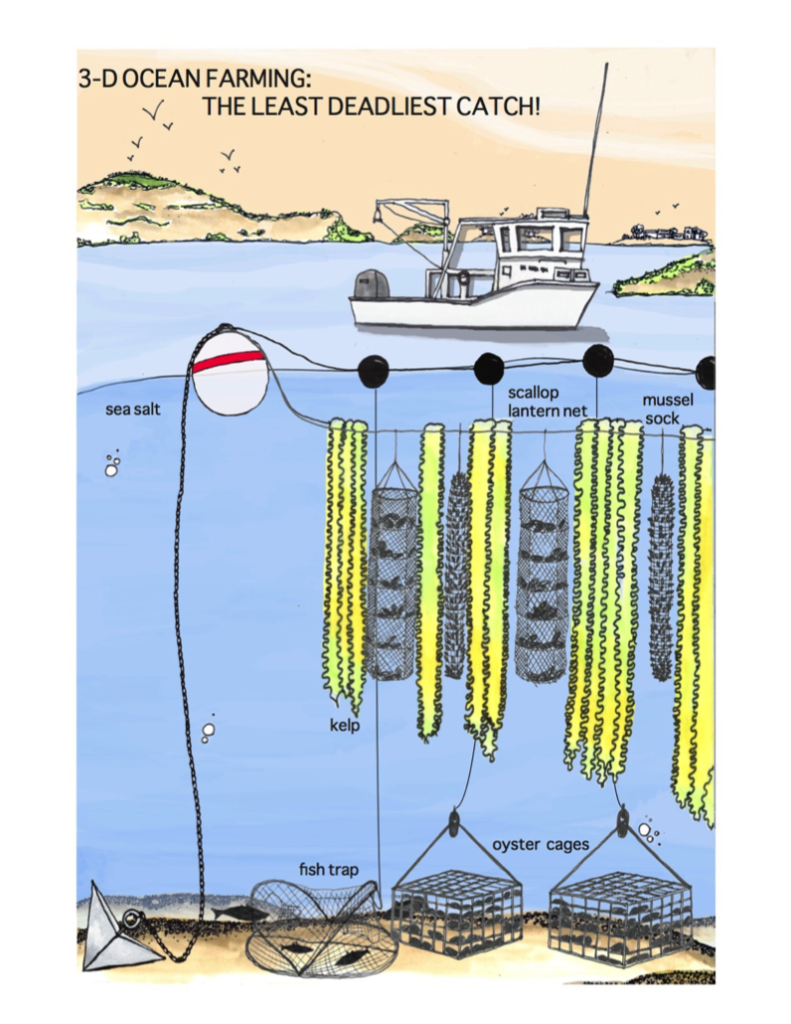
What led you to farming?
After dropping out of school at age 14 and working on fishing boats in the height of commercial fishing for nearly 20 years (catching McDonald’s cod for many of them), I was launched on a search for sustainability when the cod stocks crashed in the 90s, and my livelihood along with them. I began my search on aquaculture farms, where we grew neither fish nor food and essentially ran CAFOs at sea, but realized that this strategy of monoculture, of vertical integration, and of growing around an industrial palate was unsustainable. Rather than asking what consumers want us to grow, our model values that which our oceans are able to provide sustainably. Our model is a response to the question, “What can we grow within the confines of our oceans that can sustain both consumer and sea?” The answer comes from Mother Nature’s own technologies, seaweed and shellfish, designed to naturally mitigate harm.
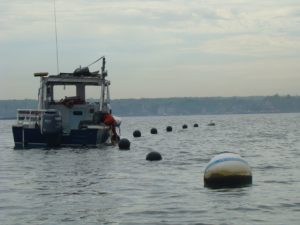 What kind of training did you have as a farmer?
What kind of training did you have as a farmer?
None, that was the problem! It took me 15 years to develop a successful model, so in order to streamline the learning process for new farmers, we’ve created a nonprofit called GreenWave. Our programming focuses on building farm startups and apprenticing new farmers, creating infrastructure for processing and selling their product, and developing a new market and ‘climate cuisine’ that generates a demand for our crops.
How have you dealt with the challenges of financing the farm and providing for your own livelihood?
Like many farmers, I had multiple jobs. I drove lumber trucks and sold woodworking on streets of NYC. Financing the farm isn’t as challenging now, but we need to figure out models for beginning farmers to make a living in the first 5 years. Lots of farmers need basic support on a personal level, whether that’s college loan forgiveness or affordable health care.
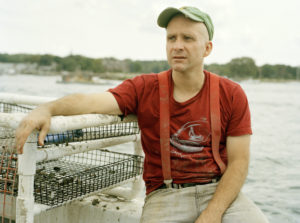
What changes would you like to see in agri/food culture right now?
The first phase of the food movement has happened, and has our entire country thinking about good quality, organic, local food from farmers markets and CSAs. Now, it’s time to build a new economy around this food system. The food sector is the second largest employer in the US, but how do we ensure farmers and foodworkers make a livable wage? If we do that, we can provide a model to the rest of the country for other sectors.
Photos courtesy of Bren Smith.
